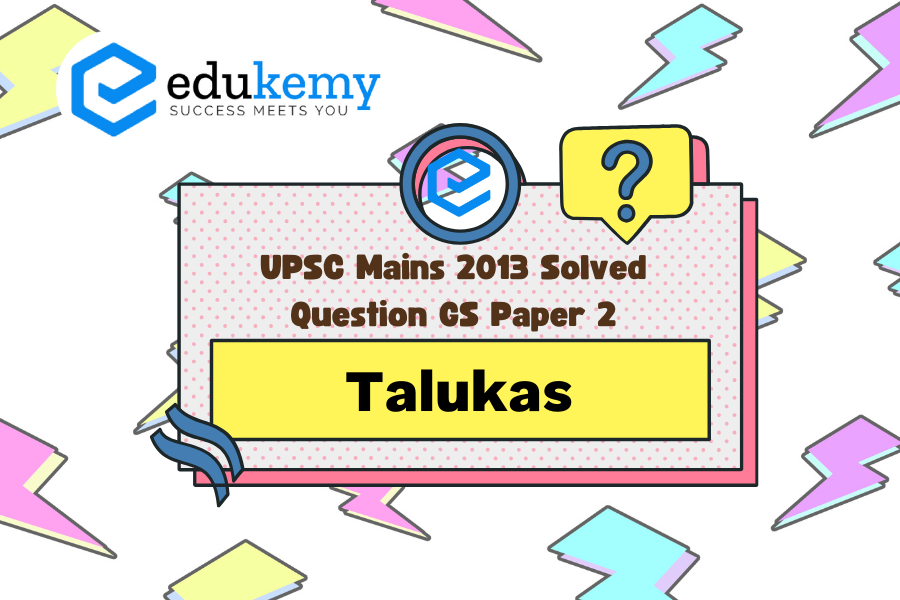The subdivision of geographical administrative areas, such as districts and talukas, by many state governments, underscores a fundamental principle of governance: decentralization for improved effectiveness. This approach aims to enhance governance by bringing administration closer to the people and addressing local needs more efficiently. In this context, the notion of further subdividing states into smaller entities warrants consideration. Advocates argue that smaller states can potentially facilitate more effective governance at the state level. Proponents of this viewpoint suggest that smaller states would allow for better tailoring of policies and services to the unique socio-economic and cultural dynamics of respective regions. Moreover, smaller states could mitigate administrative challenges associated with vast territories and diverse populations, enabling governments to respond promptly to local issues and deliver services with greater agility. Additionally, proponents contend that smaller states might foster healthy competition among regions, spurring innovation and development. However, the debate on whether the creation of smaller states guarantees enhanced governance remains contentious. Opponents raise concerns about the potential fragmentation of resources, administrative inefficiencies, and the risk of exacerbating regional disparities. Therefore, while the subdivision of states may hold promise for improving governance, careful consideration of its implications is essential to ensure sustainable development and equitable outcomes.
Tag: Governance.
Contents
Decoding the Question:
- In Introduction, try to briefly write about the administrative division of the States and demand for smaller States.
- In Body, mention both the advantages and issues related to smaller States.
- In Conclusion, suggest a way forward, addressing the challenges.
Answer:
Country is divided into states, states into districts, districts into talukas, talukas and villages, villages into wards for administrative purposes. Smaller divisions can be administered and managed efficiently.
Advantages of Smaller States:
- Dr. B. R. Ambedkar had argued for smaller states rather than larger ones. According to him, smaller states can make for a more uniform balance of power within the country, satisfy social needs and, most importantly, create units that can be administered with ease, leading to better growth performance in the country as a whole.
- The move towards smaller states appears to be inevitable and would lead to more democratization.
- It can have a more responsive administration; regional differences in India are significant leading to greater homogeneity in smaller units.
- It can lead to greater national integration, for example: Small states like Punjab, Haryana, and some in the north-east strengthened rather than weakened the Union.
- The smaller states did much better post-reorganization by giving credence to the clamour in certain regions for division. For Example: Telangana and Andhra Pradesh, etc.
- It can improve the economic progress of the State. After reorganization Punjab, Haryana and Himachal Pradesh did much better in the decade after than before.
- Smaller states can focus on their strengths and fix their problems more efficiently and cohesively towards higher growth. For Example, Chhattisgarh, Uttarakhand show that the new states have performed extremely well on the growth parameter.
Issues Related to Smaller states:
- The mere creation of smaller states out of the existing bigger ones does not guarantee good governance and faster and inclusive economic development.
- Smaller states may be prone to greater disruptive forces or may not be able to handle their financial and other resources effectively.
- It can create a volatile situation by creating a domino effect for the demand of smaller States for example: Gorkhaland, Vidarbha, etc.
- It can lead to violence and inter-regional rivalry within the region and people.
- It will require more funds for the creation of new infrastructure for new States.
Reorganization needs to be seen not as a task undertaken at a single point of time, but as an ongoing process that remains unfinished. Considering the plethora of demands being raised, it is time for a second States Reorganization Commission (SRC) that can redraw India’s federal map, creating many smaller states and keeping in mind the twin criteria of economic viability and people’s aspirations.
In case you still have your doubts, contact us on 9811333901.
For UPSC Prelims Resources, Click here
For Daily Updates and Study Material:
Join our Telegram Channel – Edukemy for IAS
- 1. Learn through Videos – here
- 2. Be Exam Ready by Practicing Daily MCQs – here
- 3. Daily Newsletter – Get all your Current Affairs Covered – here
- 4. Mains Answer Writing Practice – here


